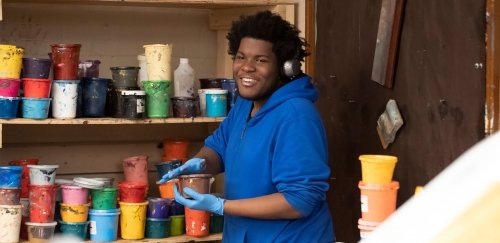
Graduate of the youth development program leads Riverzedge Arts program.
As art courses are cut from school budgets across Rhode Island, afterschool programs like Riverzedge Arts are attempting to fill in the gaps in art education, particularly in inner-city schools.
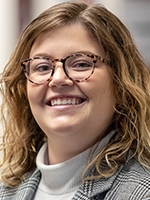
“Woonsocket High School has about 1,700 students and only two art teachers,” said RIC alumna Kelly Harlow ’18, a youth development major. “That means most of these students won’t be able to take an art class before they graduate. You’ll find similar scenarios in other school districts across Rhode Island.”
Riverzedge Arts ensures that youth have equal access to the arts unhindered by socio-economic barriers. In 2018 Harlow was hired as expanded learning program director. A year later, she was made interim executive director.
Located in a two-story, brick building on a residential street in Woonsocket, Riverzedge Arts serves 20 to 25 students during the school year and 15 additional students during the summer. Participants select one of four art and design studios – Print Works, Design Works, Media Works and Public Art Lab, and create real products for real clients.
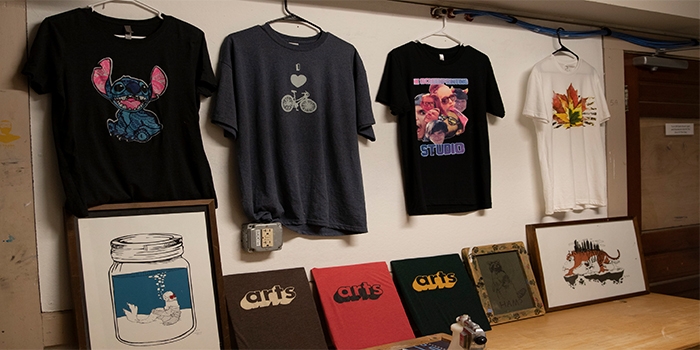
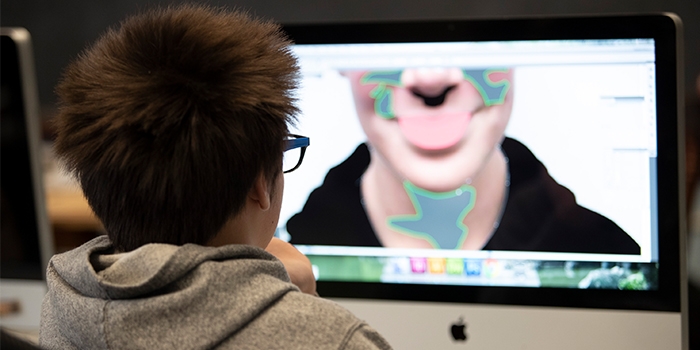
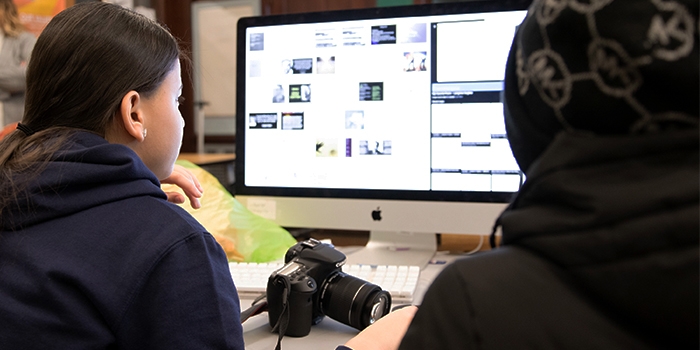
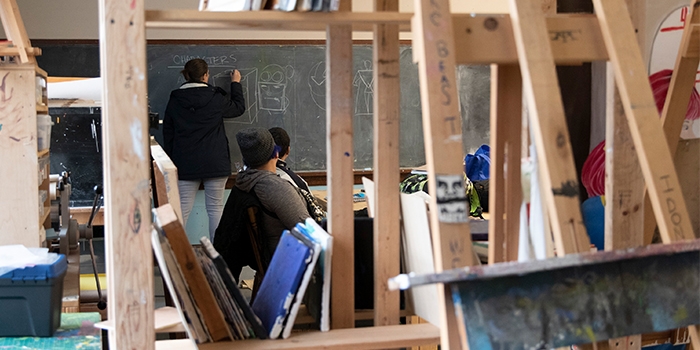
Under the supervision of studio directors (local experts in these fields), young artists work nine hours a week, from 3-6 p.m., earning a nonprofit minimum wage.
“The fact that our students work with real clients and are paid for their work makes our program special,” said Harlow. "It’s not enough to offer an afterschool program if these teens have to work after school to support their families or are responsible for child care at home. At Riverzedge Arts, they’re able to express themselves through art and get paid for it."
Harlow’s training in holistic and therapeutic development, which she minored in at RIC, guides her perspective along with her emphasis on working with the “whole” child in the field of youth development. We can give youth outlets to express their creativity, she said, but we can’t forget that they are also being asked to help their parents keep the lights on, the bills paid and food on the table.
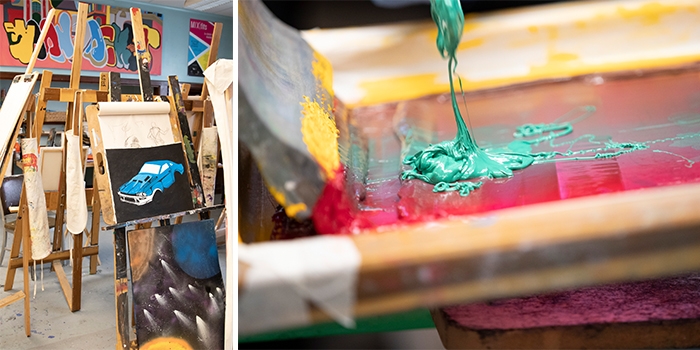
Students refer to Riverzedge as their workplace and produce not only consistent output but high-quality output. The same high standards are expected of them academically. All program participants must maintain a C average or complete GED coursework and pass the GED exam. As a result, Riverzedge Arts boasts a 100 percent high school graduation rate, and virtually all of its participants continue their education in college or through another post-secondary training.
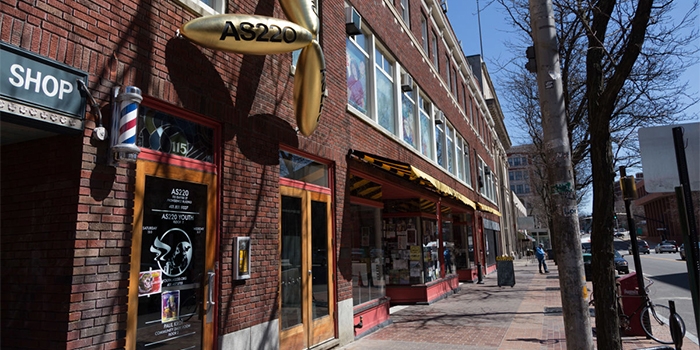
Another well-known and highly lauded afterschool program in the state – AS220 – was founded by RIC alumnus Umberto “Bert” Crenca ’81. Its youth program has become a nationally recognized model for youth development. Educational and youth development experts agree that there just aren’t enough organizations like these. Art education is not a frill but an essential element of education.
